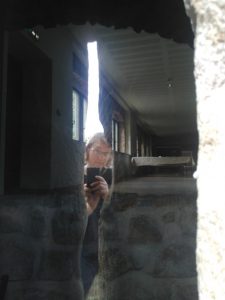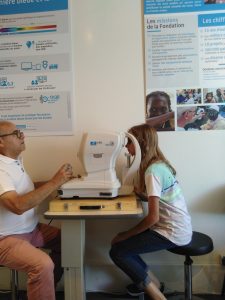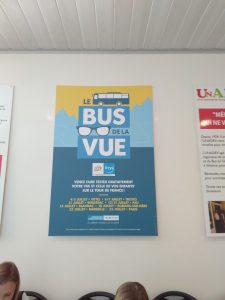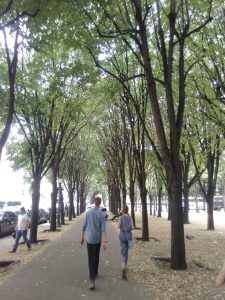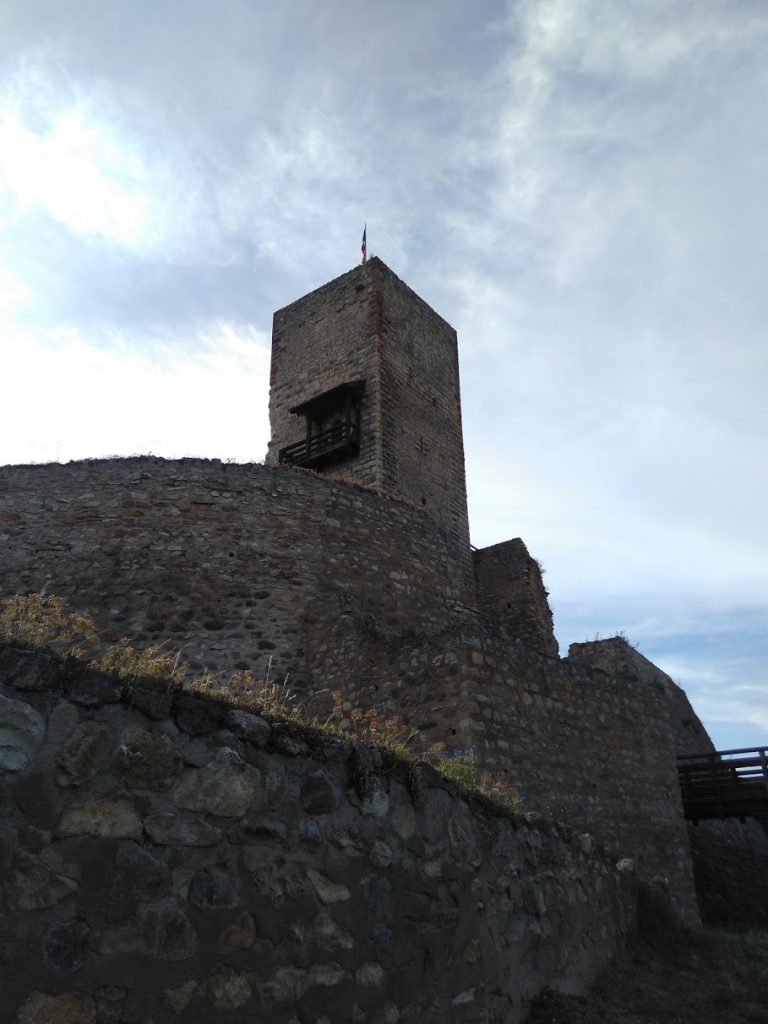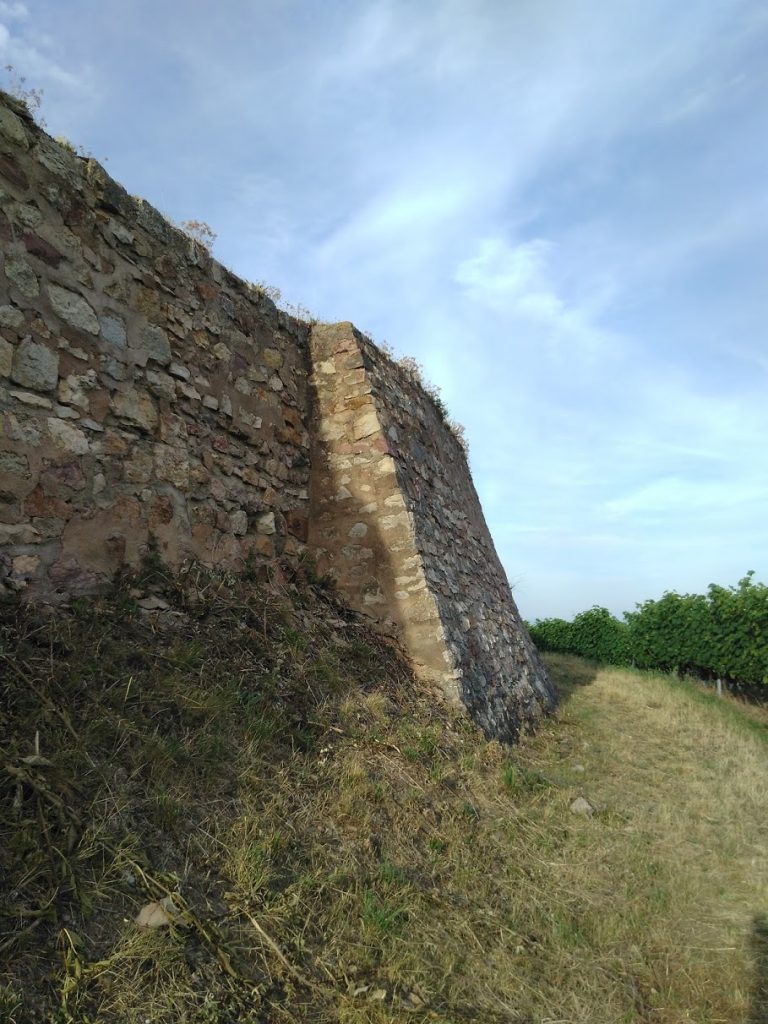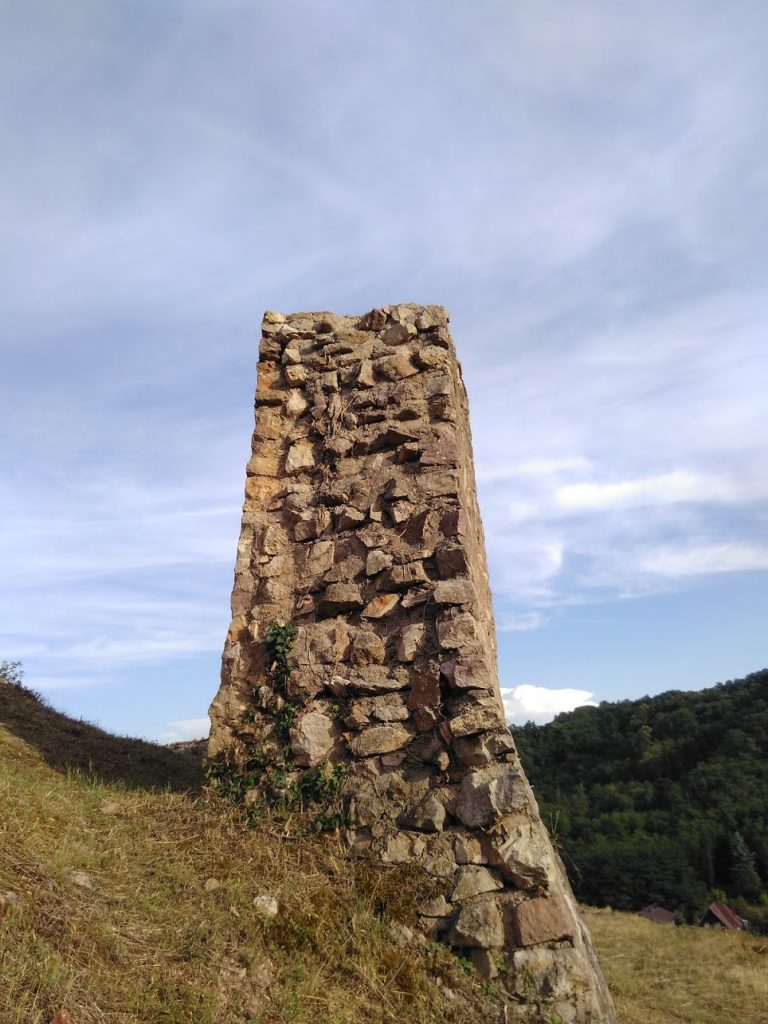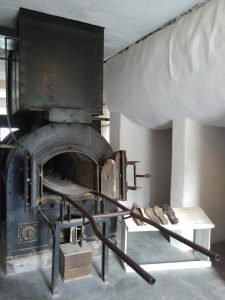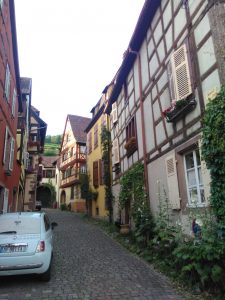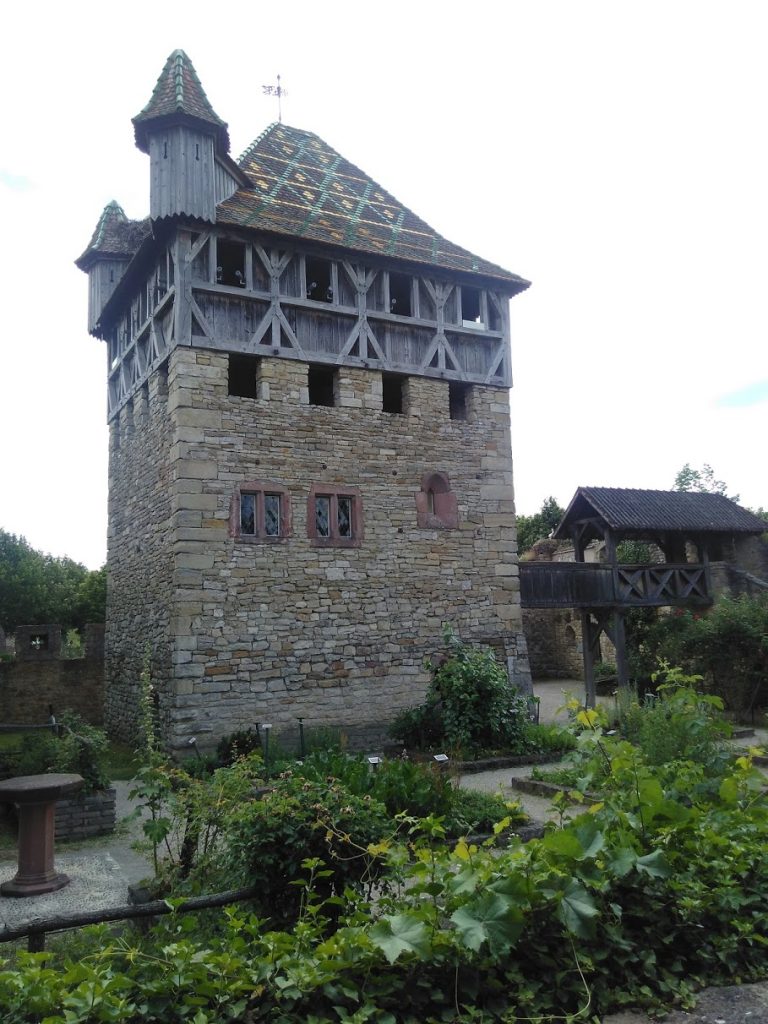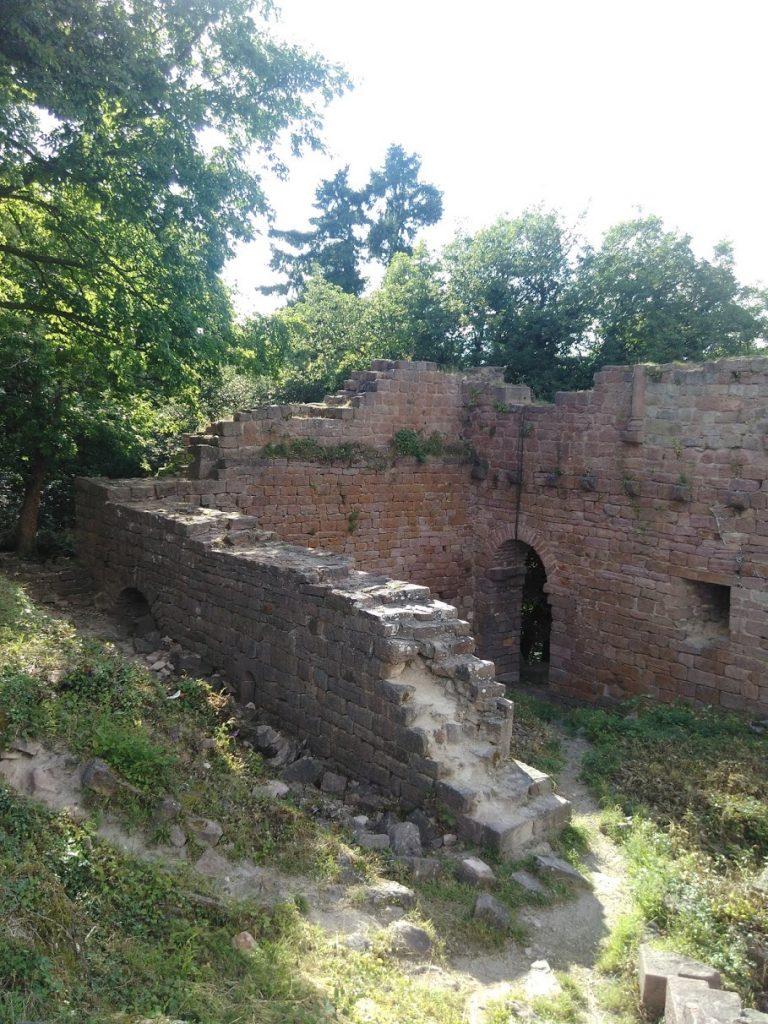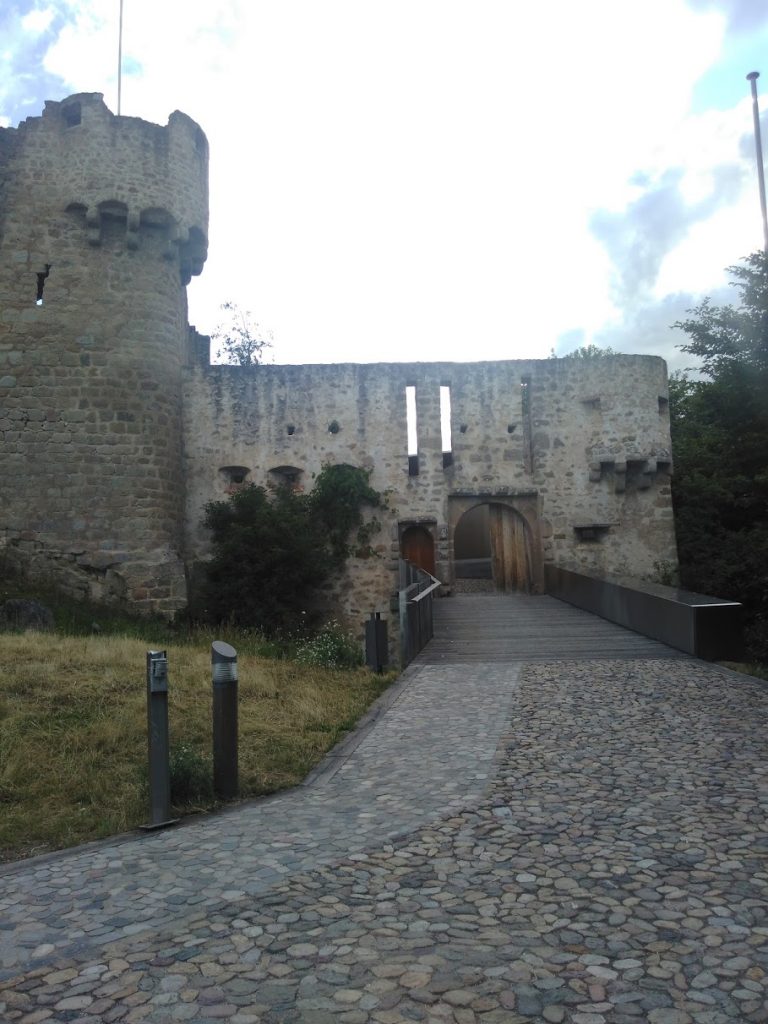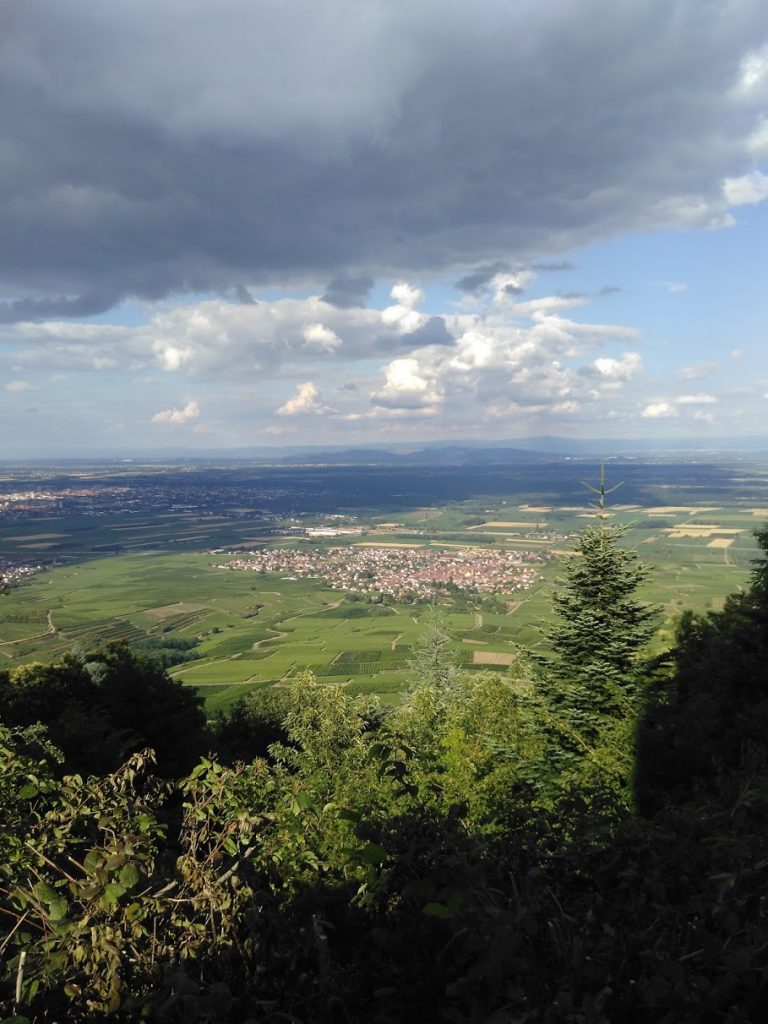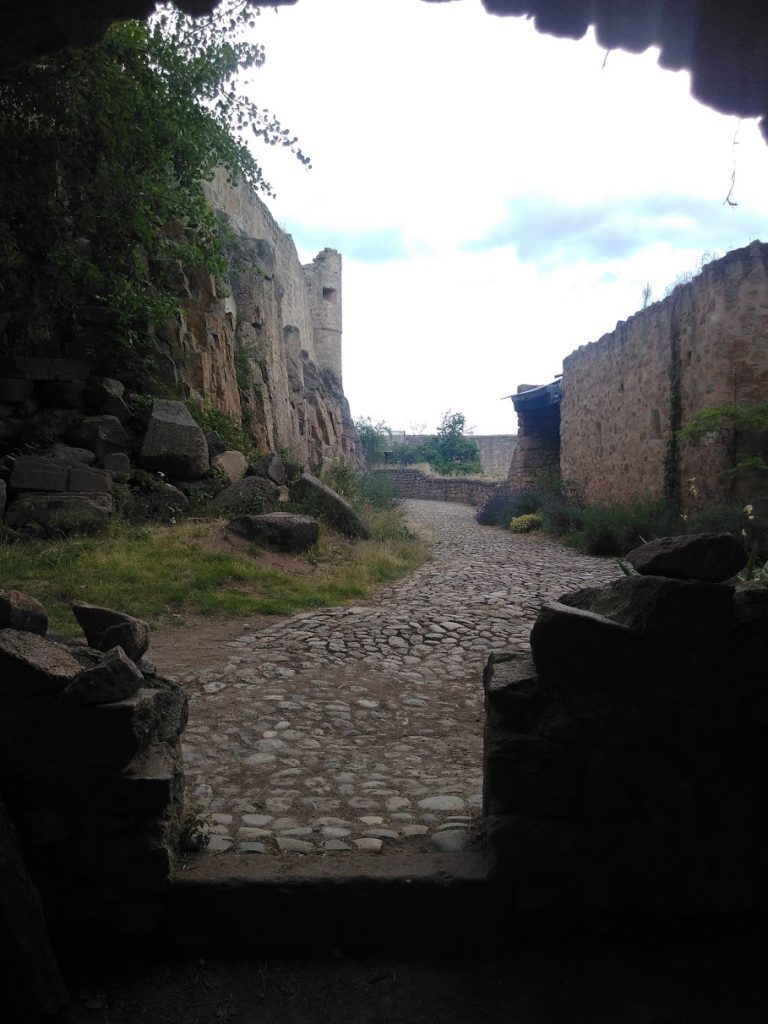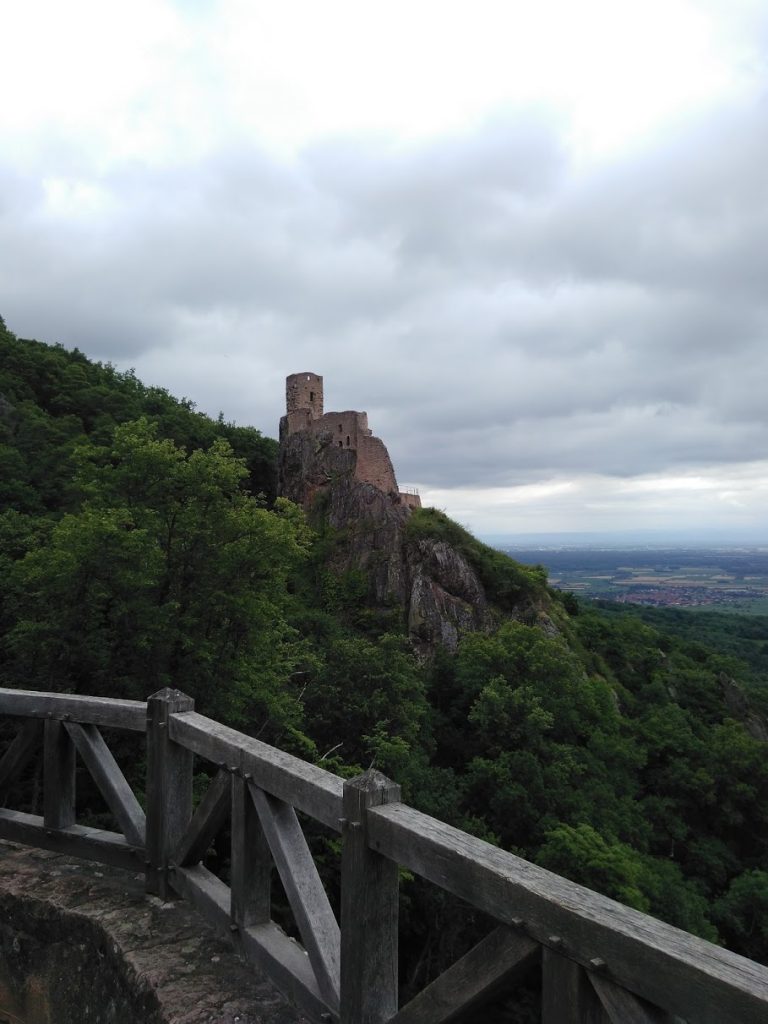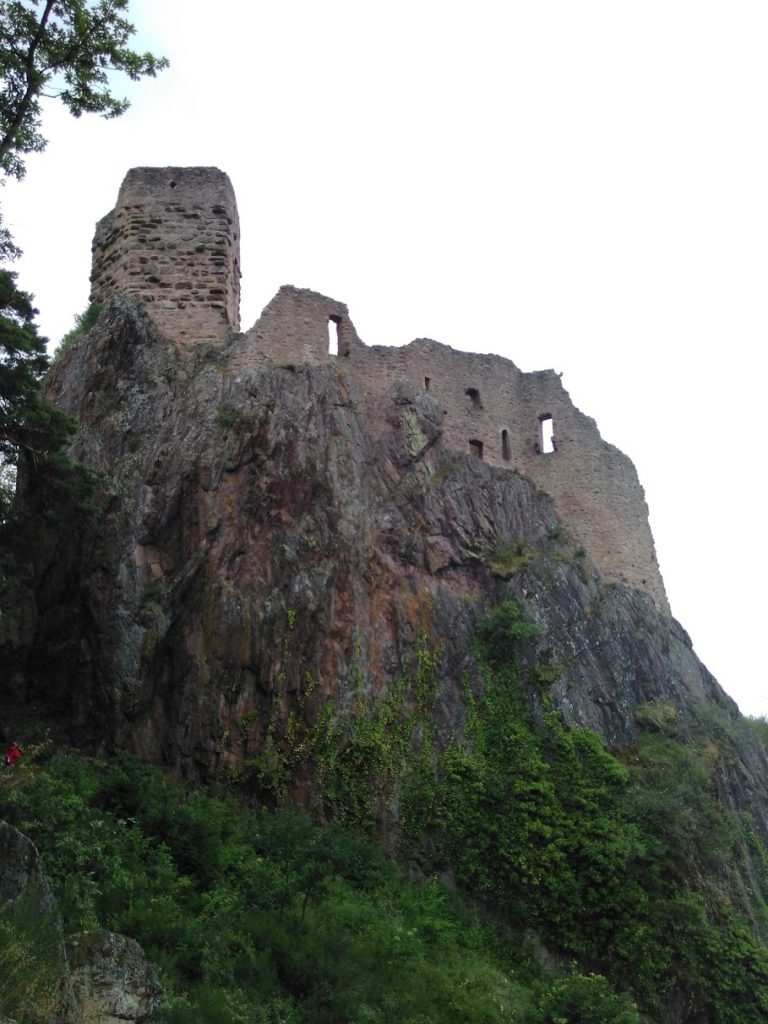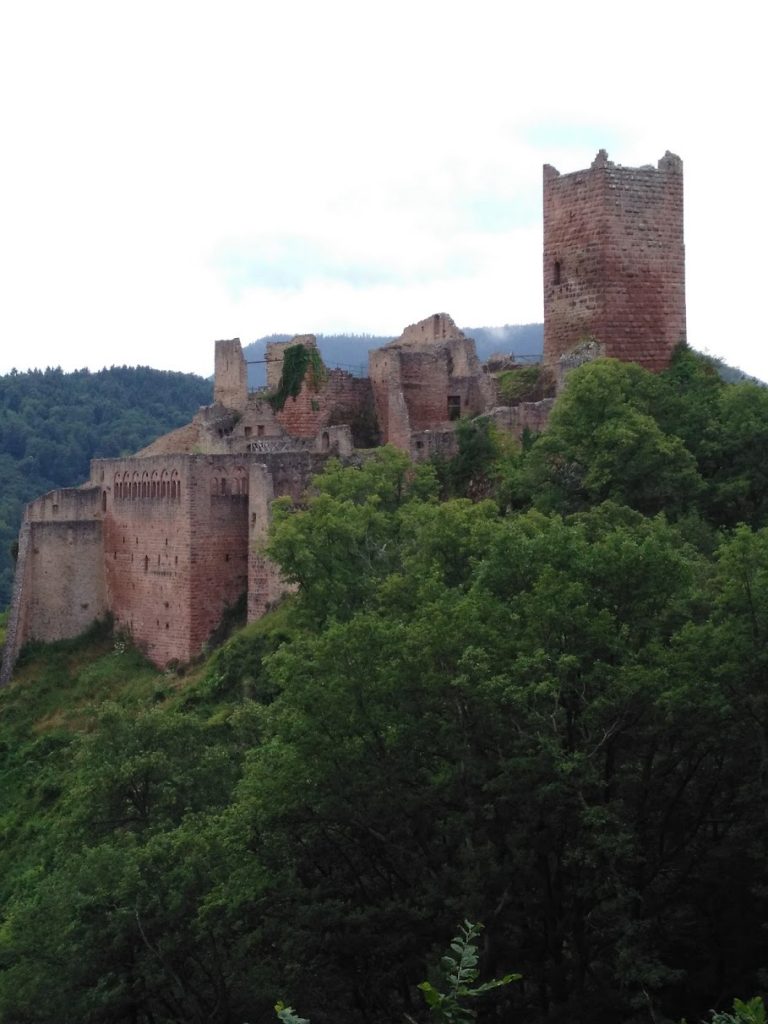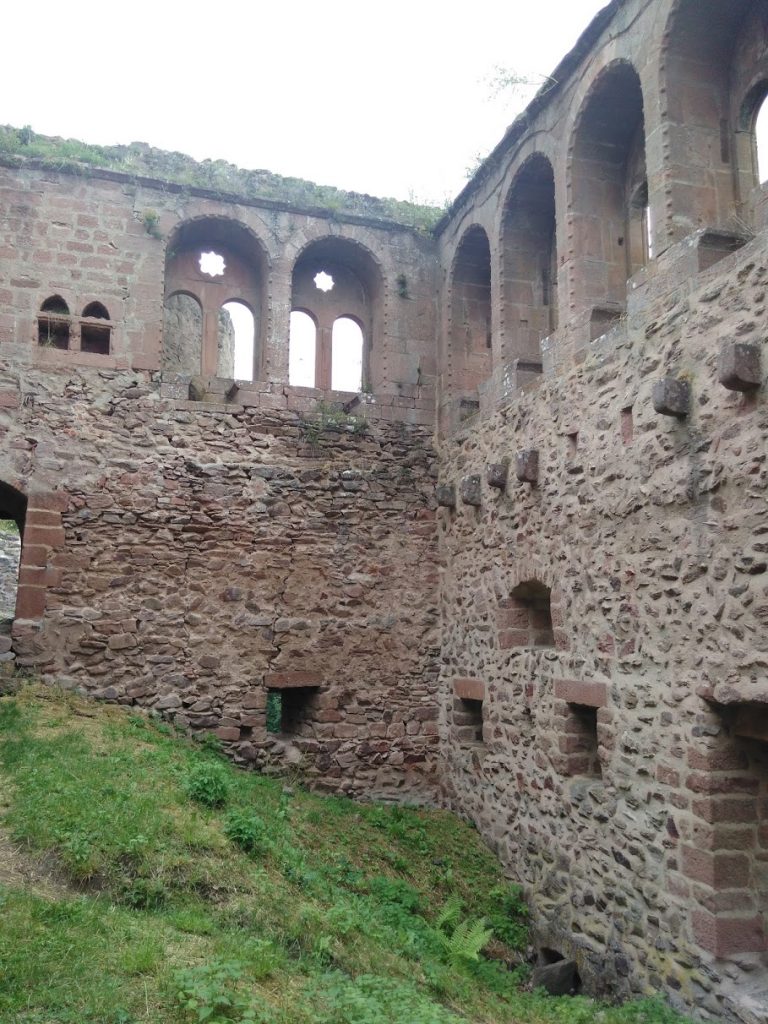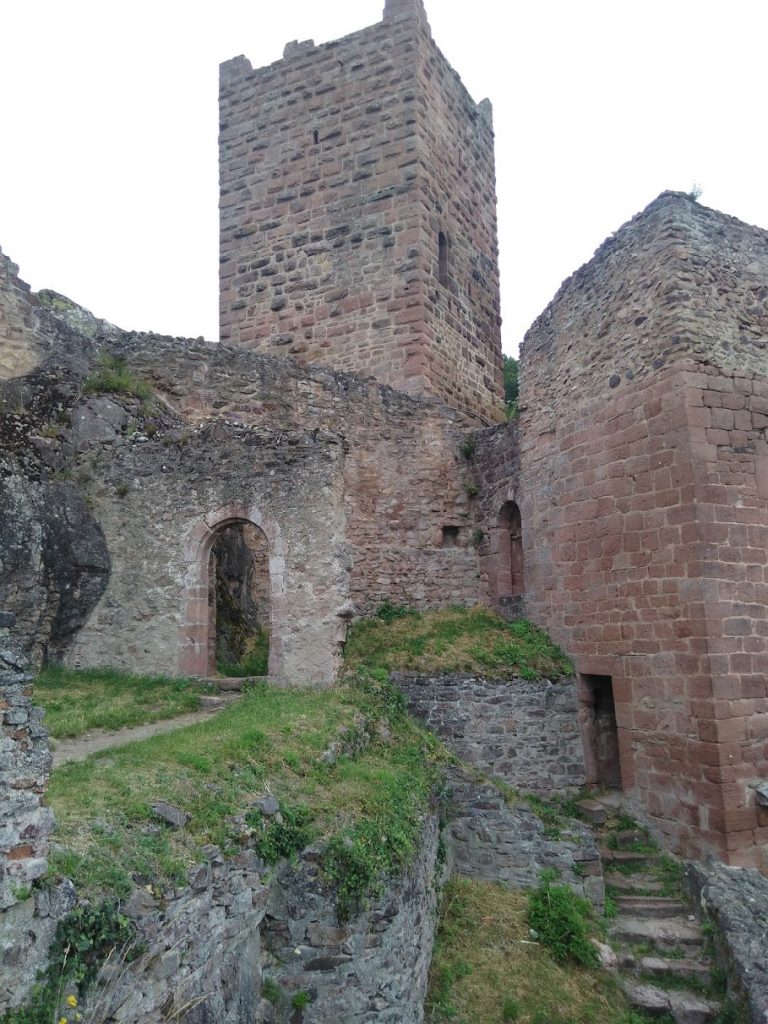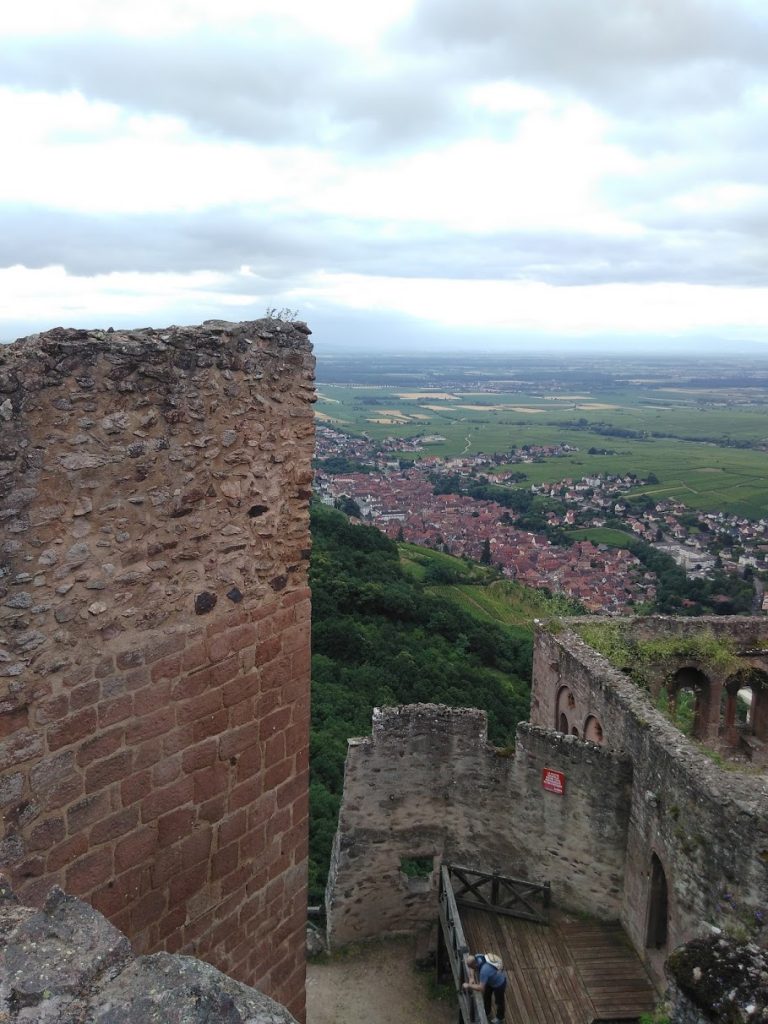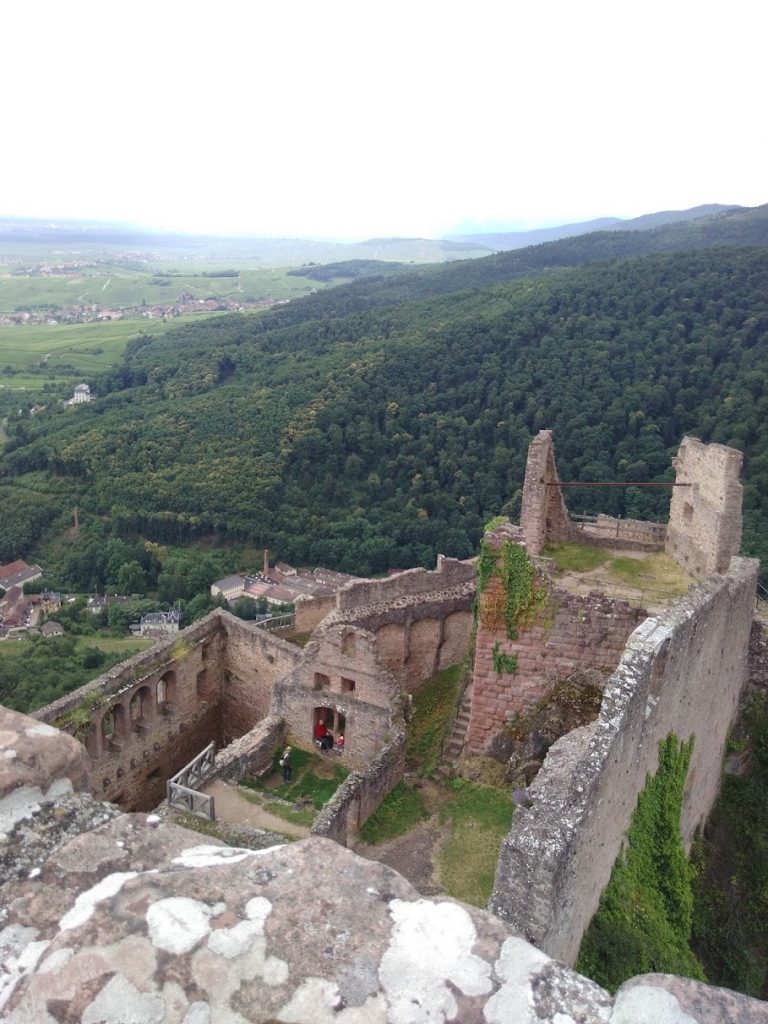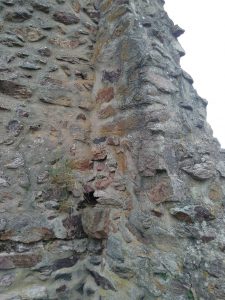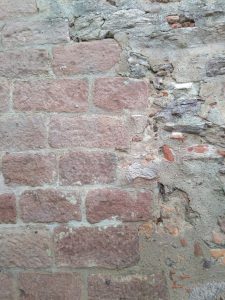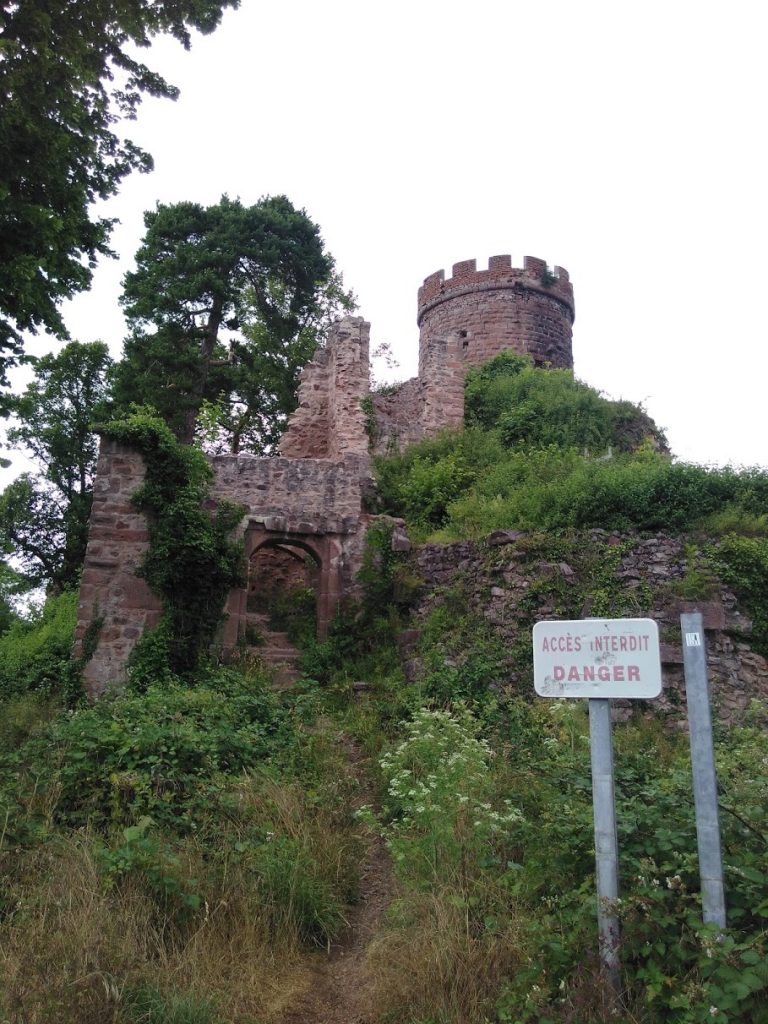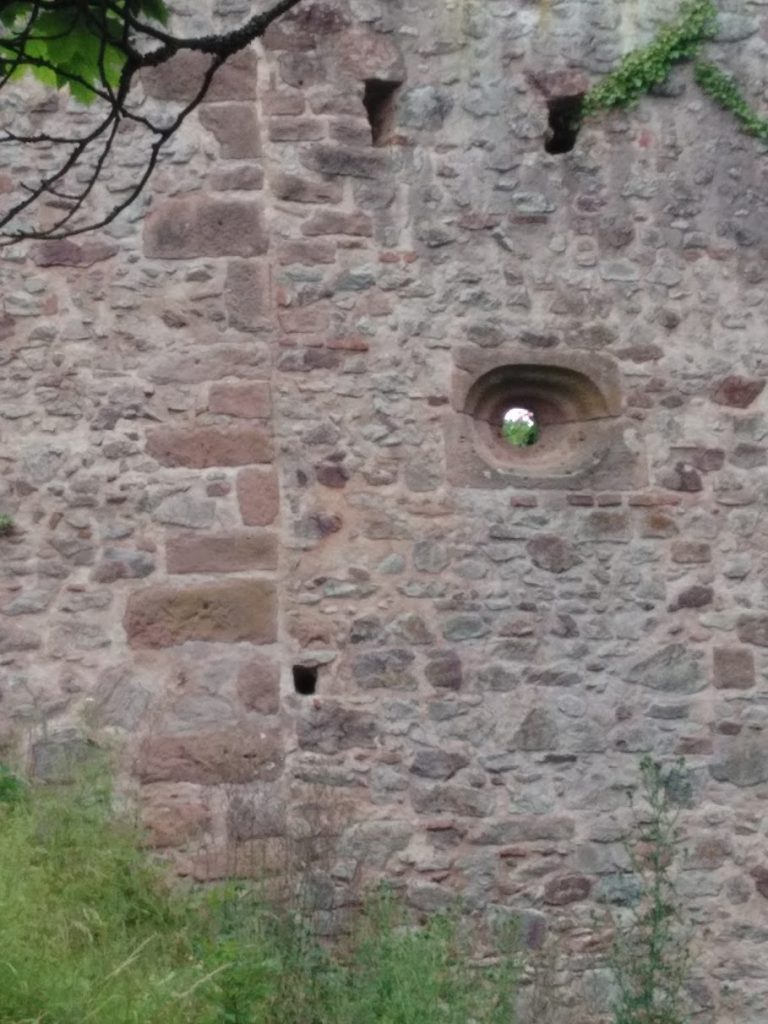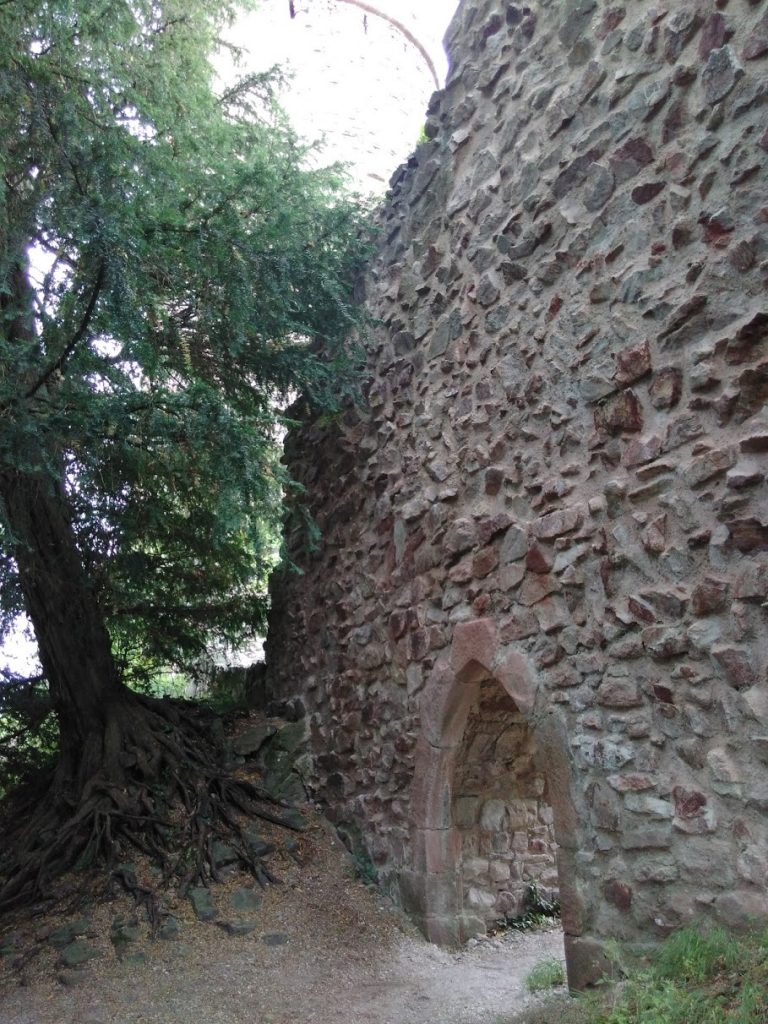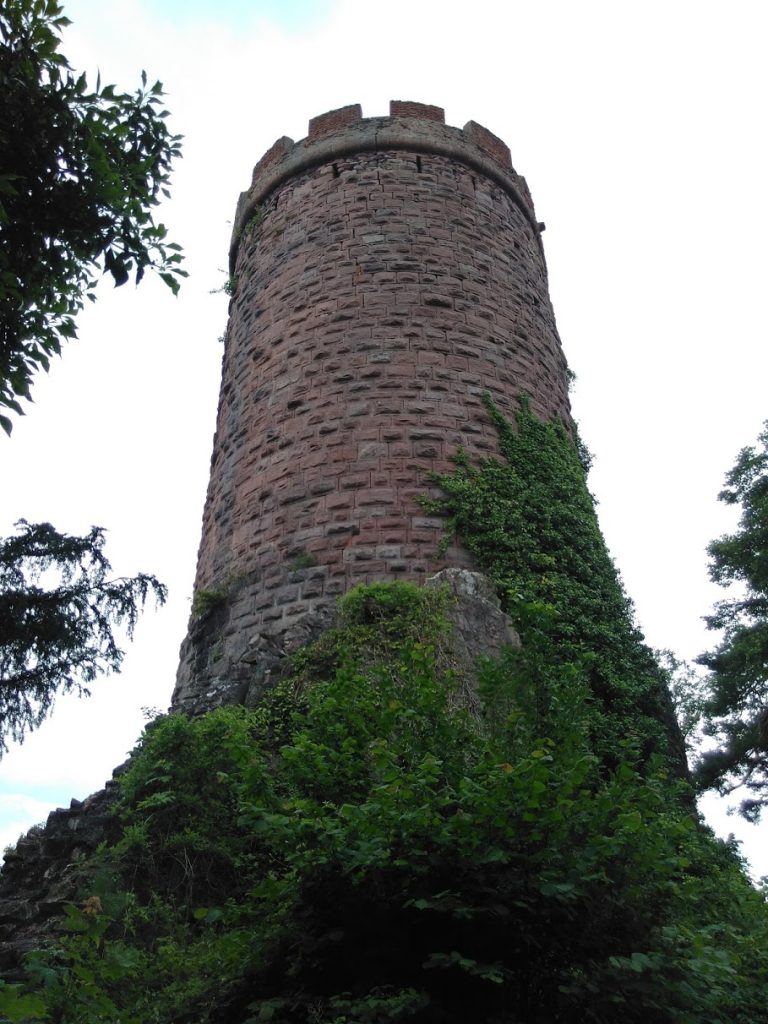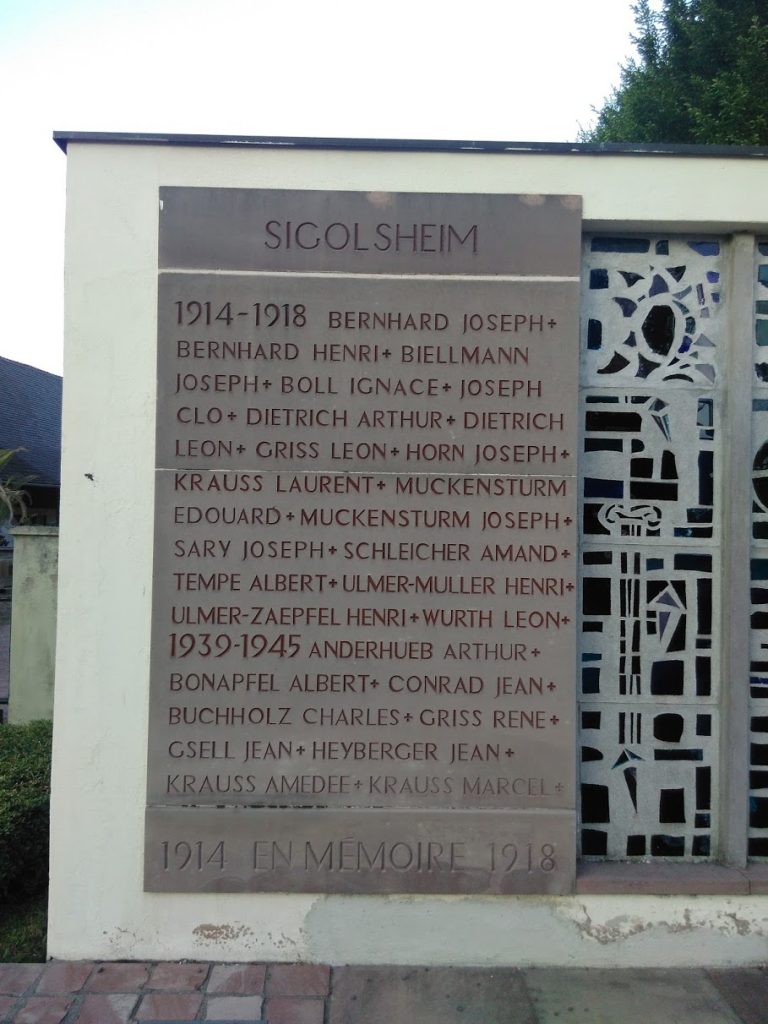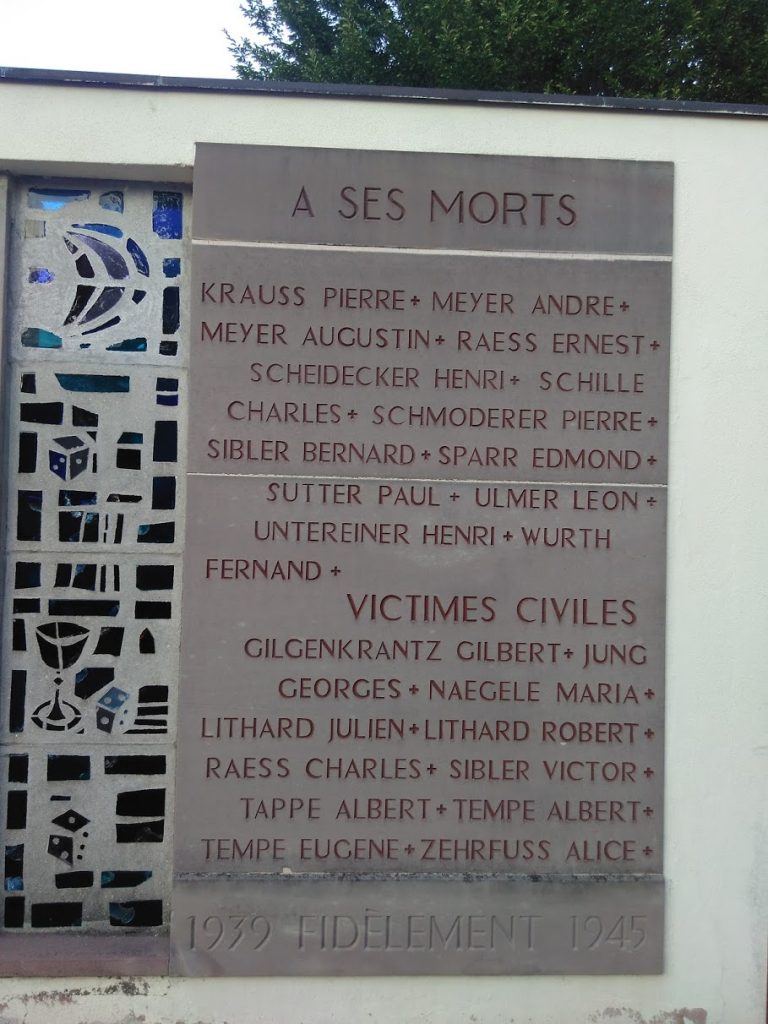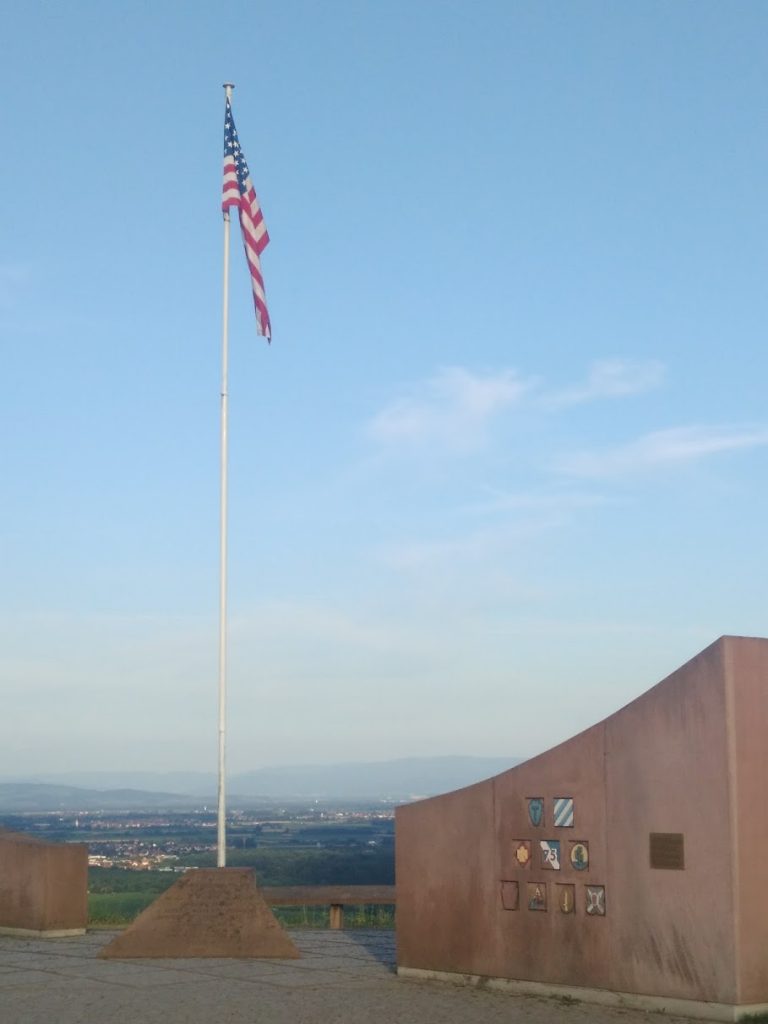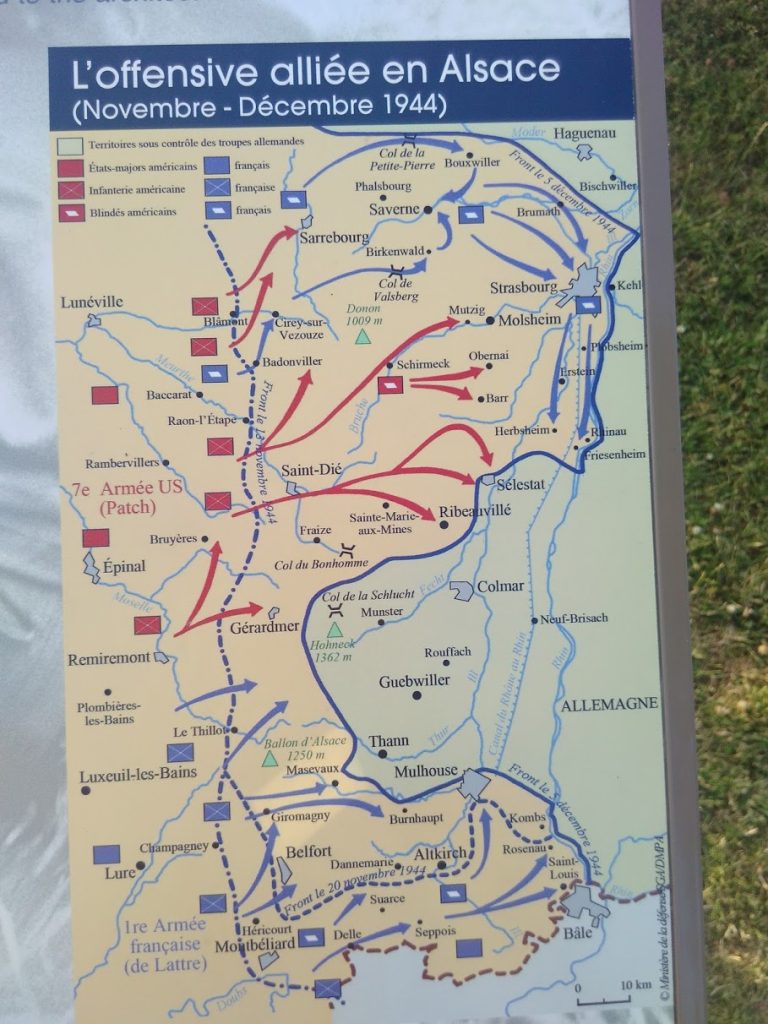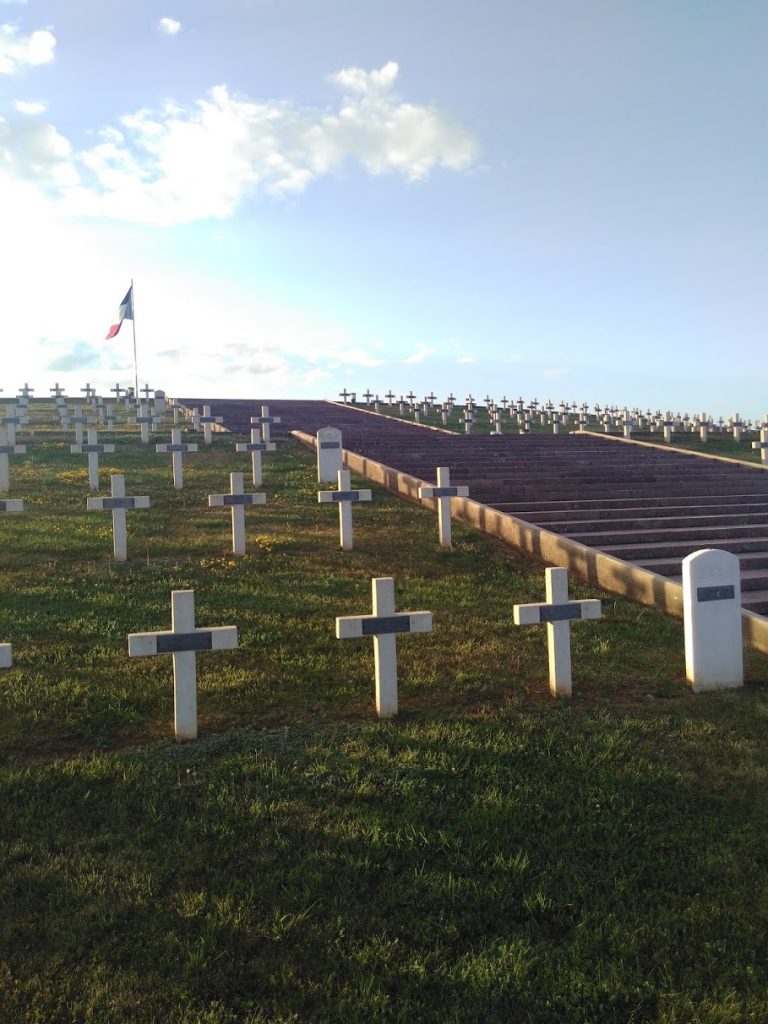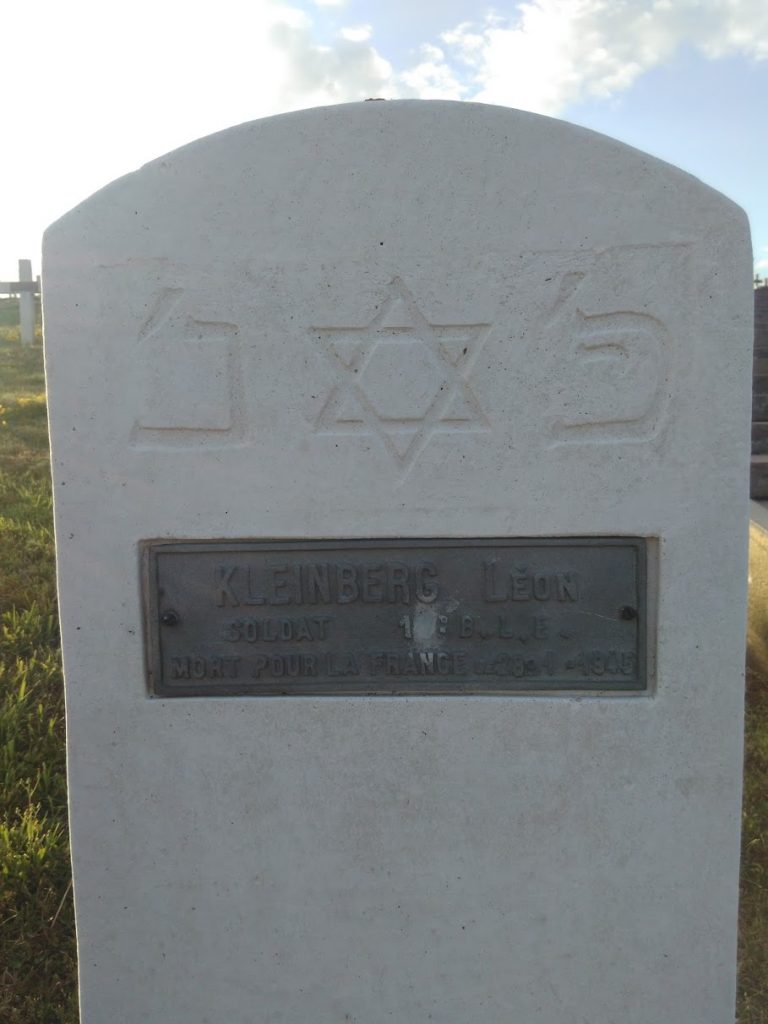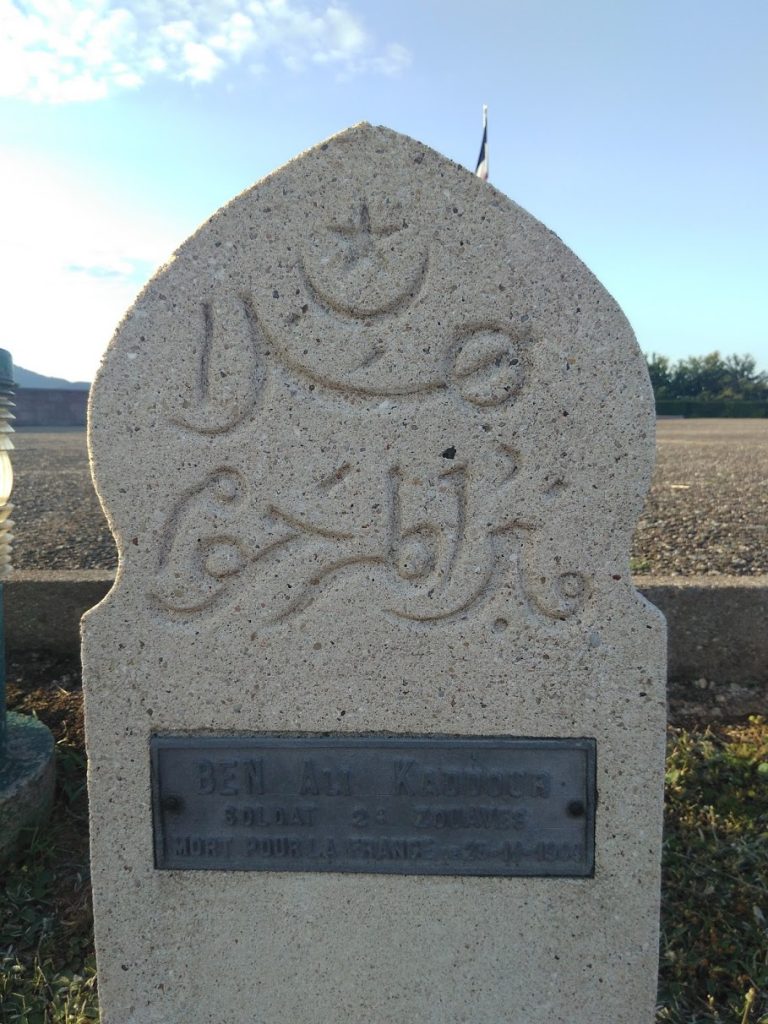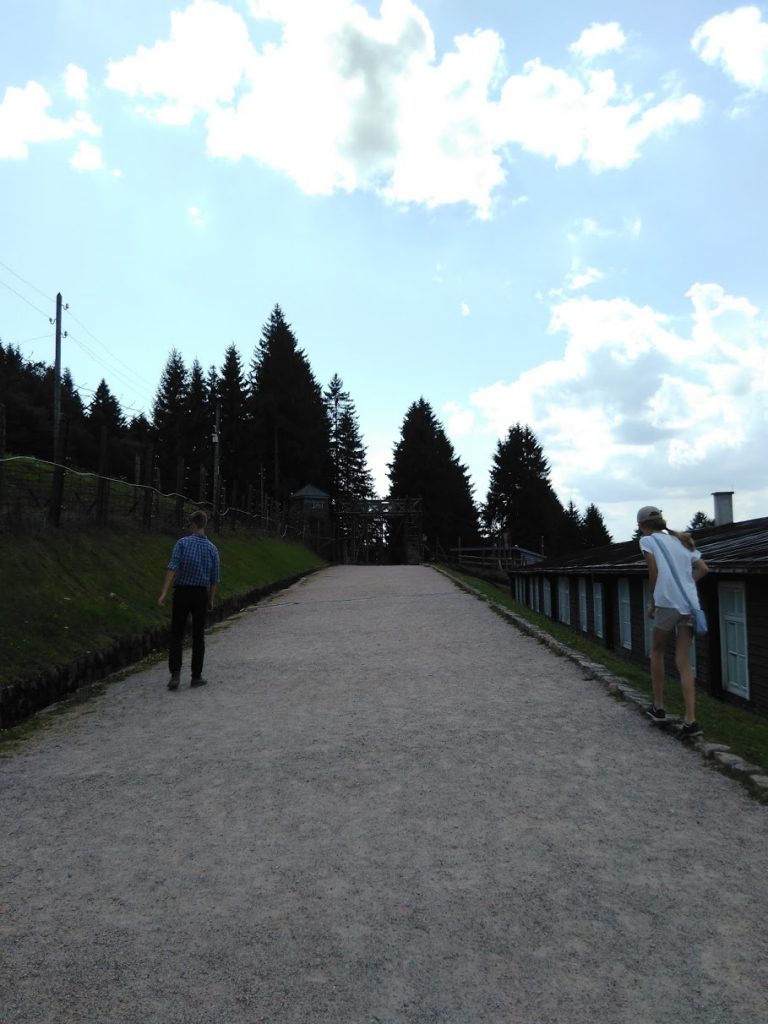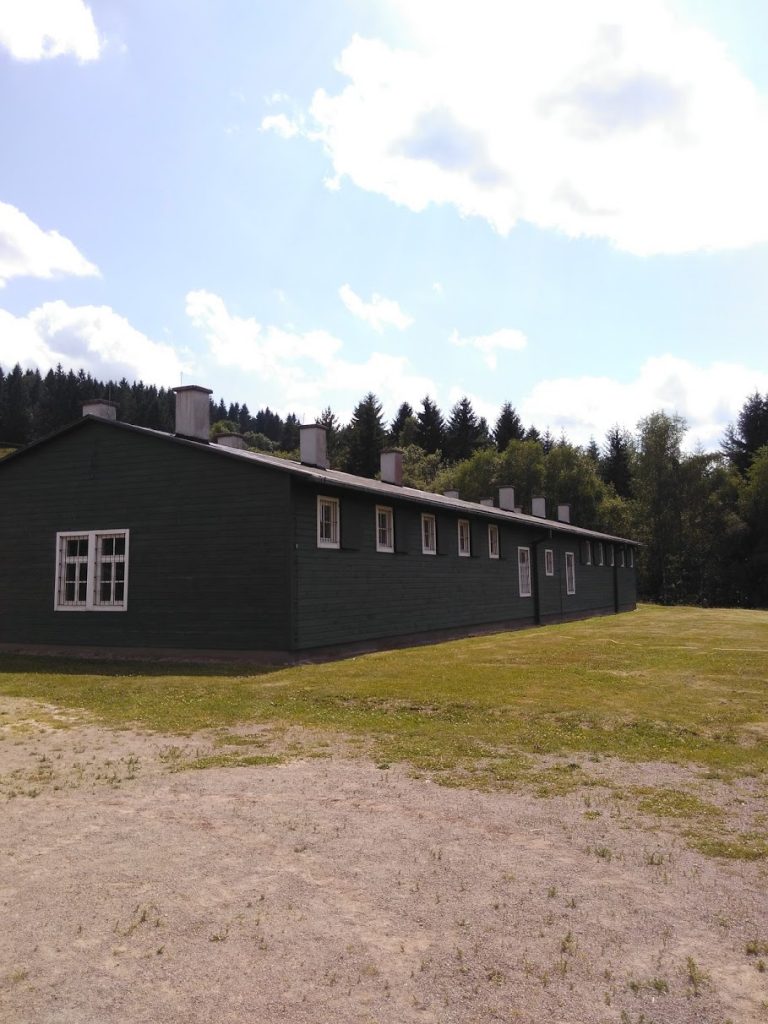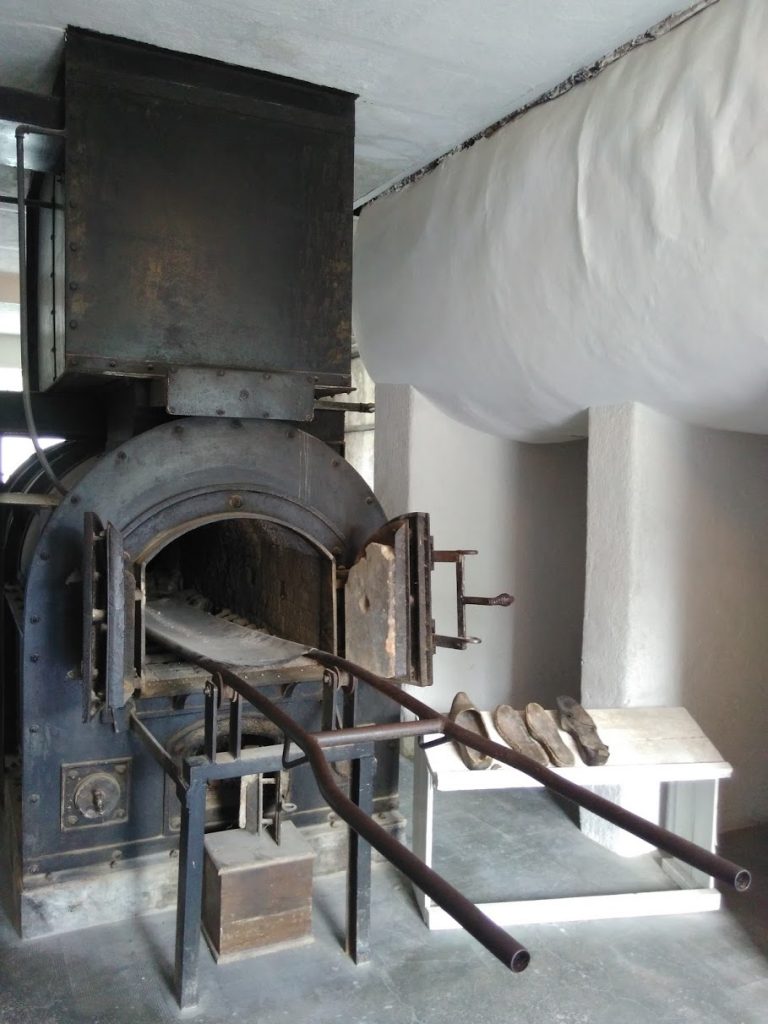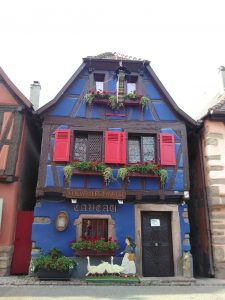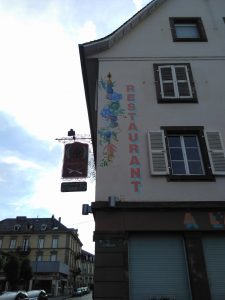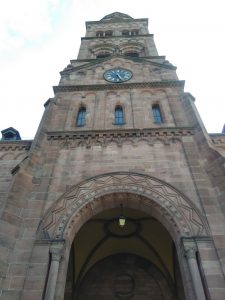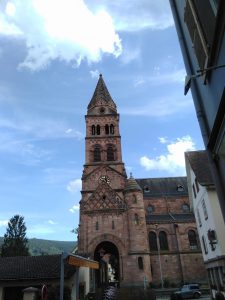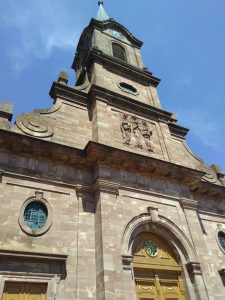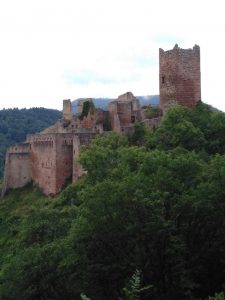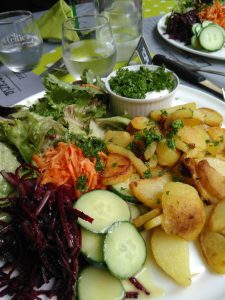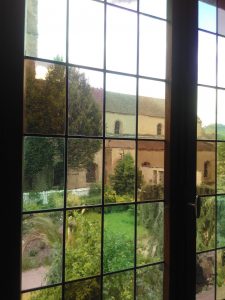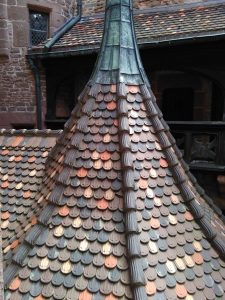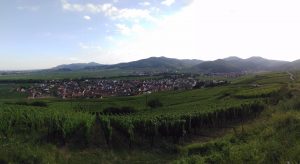Something fun if you are in striking distance of South Carolina (you don’t need to be in-diocese to participate): My friend Carol Pelster, who is a tremendous pleasure to work with, is organizing a SC Catholic Quiz Bowl to be held in Columbia, SC in early November. Her daughter Veronica writes:
My mom and I are happy to announce a date for the first annual Catholic Quiz Bowl of South Carolina! The date is Saturday, November 11 at 1 pm at Our Lady of the Hills.
What is a Catholic Quiz Bowl? This idea comes from our experience participating in the RC (Roman Catholic) Challenge in Oregon. This is a jeopardy style game for 5th through 12th graders with questions pertaining to the Catholic Faith, the Bible, the Saints, the Liturgy, etc. My siblings and I all thoroughly enjoyed this friendly competition and benefited immensely from this motivation to study our Faith. As a seminarian in Nebraska my brother started something similar there. Now, we are hoping to spread it to the South East!
What do we need to make this happen? What we need most is volunteers for the day of the game. Volunteers will ask the questions, keep score, time the games, and be door monitors. The more volunteers we have the smoother this will go. If you would like to volunteer please let my mom or me know. . . .
How does the game work? Players will be on teams of 3 to 4 players. Two teams will play against each other with the moderator asking the questions. There will be two types of questions: toss up, which anyone can answer, and bonus questions. For bonus questions the team members will be able to consult with each other to come up with the answer. Each round will be about 20 minutes. Multiple games will be going on at the same time (hence the need for many volunteers). Winners play off against each other until there is champion. More details and sample questions will be discussed at the planning meeting.
How does your child sign up to participate? My mom is working on a registration form [see below]. However, it is not too early to start talking to your friends and getting teams together. Each team will need a name and 3 to 4 players within the same age range (5th-8th grade or 9th-12th grade). This is not just for homeschoolers [parish groups, etc] –anyone in the appropriate age group is welcome. Also, don’t forget to study!
Please let me know if you are interested in helping or have questions.
God bless.
~Veronica
The registration form is now ready: Catholic Quiz Bowl SC 2017 Entry Form
Here’s a poster you can share liberally: Catholic Quiz Bowl SC 2017 poster
A Facebook page and other web presence is in the works, and I’ll update this post when that time comes. Meanwhile, you can share this post with anyone you think would be interested. Remember that your team can be put together with whomever you like — it’s a good activity for youth groups, religious ed classes, or Catholic schools, but you can also just create your own mishmash team. If your parish or family or poker club wants to send multiple teams, that’s super.
How to Prep for the Quiz Bowl
Carol writes:
For studying, kids should refer to a good catechism, Bible, Mass Missal, Lives of the Saints, and Church History. For some questions to practice with (though ours will be rather less obscure) you can look at this: http://traditionallearning.com/rcchallenge/.
I would guess (I haven’t seen the question bank, and won’t) that any flash cards or Catholic trivia games you happen to own would be good for practicing. Also brush up on your go-to lists (12 Apostles? 10 Commandments? Gifts of the Holy Spirit?), and so forth — the appendices of most religious ed textbooks contain good starting points.
Good luck, and get your entry forms in early so you don’t have to pay the late registration fee.

Image courtesy of Wikimedia [Public Domain]

